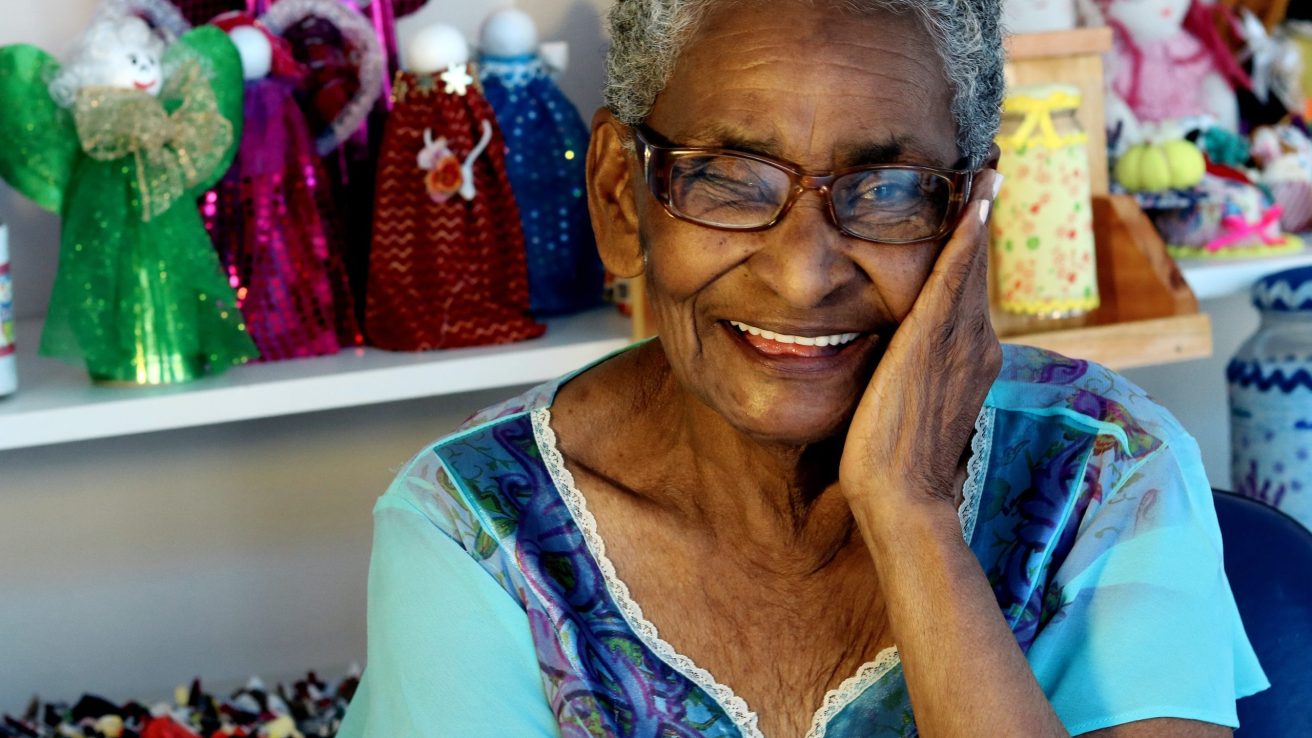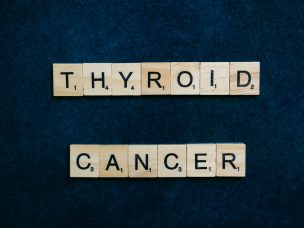Reports continually highlight the disparities between Black and white Americans in completing treatment for curable lung cancer and breast cancer. Disproportionately, African Americans are less likely to complete treatment, resulting in a higher rate of deaths. Researchers designed a quality improvement trial to examine potential interventions.
Using data from 2007 to 2012, the researchers established retrospective and concurrent control groups. They compared data obtained from these groups and the intervention group. In the intervention group, several interventions were utilized, including a real-time registry from electronic health records to signal missed appointments or unmet care milestones, a navigator, and clinical feedback.
A total of 302 patients enrolled in the intervention arm of the study between 2013 and 2015. All three groups used medical data from patients between 18 and 85 years old who were diagnosed with early-stage lung cancer or breast cancer. The study aimed to identify interventions that resulted in patient treatment completion, consisting of surgery, radiation, and chemotherapy for each patient.
In the control groups, the disparity between Black and white patients completing treatment was statistically significant. In the retrospective control group, 79.8% of African Americans completed treatment as opposed to 87.3% of white Americans. In the concurrent control group, 83.1% of African Americans and 90.1% of Caucasian Americans completed treatment.
The intervention group had an average age of 63.1 years, with 37.1% of participants identifying as African American. Within this group, 88.4% of the African Americans and 89.5% of the Caucasian Americans completed treatment.
The researchers concluded that a real-time registry intervention could help improve the disparity between African Americans and Caucasian Americans concerning the completion of lung cancer and breast cancer treatment. Using clinical feedback, alerts for missed appointments, and help navigating the treatment process can improve patients’ chances of completing treatment. Other interventions could improve the treatment outcomes for other cancers and chronic conditions [1].
Source:
[1] Cykert, S., Eng, E., Manning, M. A., Robertson, L. B., Heron, D. E., Jones, N. S., Schaal, J. C., Lightfoot, A., Zhou, H., Yongue, C., & Gizlice, Z. (2020). A Multi-faceted Intervention Aimed at Black-White Disparities in the Treatment of Early Stage Cancers: The ACCURE Pragmatic Quality Improvement trial. Journal of the National Medical Association, 112(5), 468–477. https://doi.org/10.1016/j.jnma.2019.03.001









